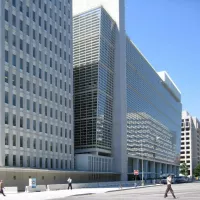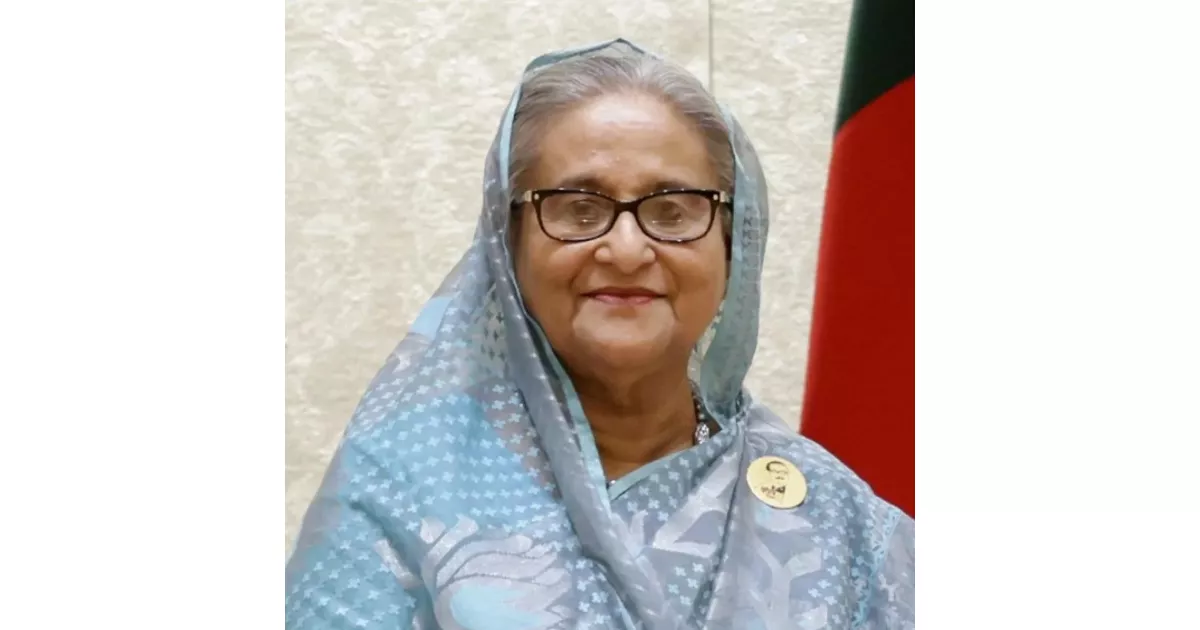How education and upbringing influenced the life of Sheikh Hasina. A timeline of key moments.
Sheikh Hasina Wazed is a Bangladeshi politician who served as the tenth prime minister of Bangladesh from 1996 to 2001 and from 2009 to 2024. Accumulating over 20 years in office, she holds the record for the longest-serving prime minister of Bangladesh since its independence and the longest-serving female head of government globally. Her tenure as prime minister was characterized by dictatorship, oligarchy, and crimes against humanity. She resigned and was exiled to India following the July Revolution in 2024.
1938: Founding of Rokeya Hall
In 1938, Rokeya Hall was founded as the women's dormitory of Dhaka University.
1942: Birth of M.A. Wazed Miah
In 1942, M.A. Wazed Miah, Sheikh Hasina's future husband, was born.
September 1947: Birth of Hasina Sheikh
Hasina Sheikh was born in September 1947 to the Bengali Muslim Sheikh family of Tungipara in East Bengal.
1954: Family Lived on 3 Minto Road
In 1954, when Hasina's father became a government minister, the family lived on 3 Minto Road.
1966: Vice President of Student Union
Between 1966 and 1967, Hasina was elected as the Vice President of the Students Union in Eden College.
1967: Marriage to M. A. Wazed Miah
In 1967, Hasina married M. A. Wazed Miah, a Bengali nuclear scientist.
1968: Marriage to M. A. Wazed Miah
In 1968, Sheikh Hasina married M. A. Wazed Miah, a Bangladeshi physicist and writer. After her marriage, she adopted the name Wazed from her husband's name.
1973: Graduation from Dhaka University
In 1973, Hasina graduated with a degree in Bengali literature from Dhaka University.
August 1975: Father's Assassination
Following the assassination of her father, Sheikh Mujibur Rahman, in August 1975, Hasina took asylum in India.
August 1975: Assassination of Family Members
In August 1975, during the Bangladeshi coup d'état, Hasina's entire family, except for her husband, children, and sister Sheikh Rehana, was murdered. At the time, Hasina, Wazed, and Rehana were visiting Europe.
1975: Assassination of Sheikh Mujib Family
In 1975, the brutal assassination of Sheikh Mujib's family occurred.
May 1981: Return to Bangladesh
On 17 May 1981, Hasina returned to Bangladesh and received a welcome from thousands of Awami League supporters.
1981: Return to Bangladesh and Involvement in Politics
In 1981, Hasina returned to Bangladesh and became involved with the Awami League, eventually being elected as its president.
1981: Elected President of the Awami League
In 1981, while living in exile in India, Hasina was elected President of the Awami League.
1984: House Arrests
In 1984, Hasina was put under house arrest in February and again in November.
March 1985: House Arrest
In March 1985, Hasina was put under house arrest for another three months.
1986: Participation in General Election
In 1986, Hasina and the AL participated in the Bangladeshi general election held under President Hussain Muhammad Ershad, with Hasina serving as the leader of the parliamentary opposition in 1986-1987.
December 1987: Resignation and Mass Uprising
In December 1987, Ershad dissolved the parliament when Hasina and her Awami League resigned, leading to a mass uprising in Dhaka.
December 1990: Ousting of Ershad
In December 1990, a huge mass protest ousted Ershad from power, following widespread protests and strikes.
1990: Involvement in Pro-Democracy Movement
In 1990, Hasina and the Awami League became involved with the pro-democracy movement against the military rule of Hussain Muhammad Ershad.
1991: Restoration of Parliamentary Democracy
In 1991, the pro-democracy movement culminated in the restoration of parliamentary democracy in the Bangladeshi general election.
1994: Boycotting the Parliament
In 1994, after a by-election in Magura-2, Hasina led the Bangladesh Awami League in boycotting the parliament.
1995: Resignation of AL and other parties
In late 1995, the members of parliament of the AL and other parties resigned en masse.
February 1996: Boycotted Election
The February 1996 general election was held and it was boycotted by all major parties except the ruling BNP.
2004: Grenade Attack
In 2004, Sheikh Hasina sustained injuries, resulting in a hearing impairment, during a grenade attack.
March 2007: Travel to the United States
On 14 March 2007, Hasina visited the United States embassy and departed for the United States the next day, accompanied by Tareq Ahmed Siddique and Abdus Sobhan Golap. She then moved to the United Kingdom after visiting her children.
May 2007: Return to Dhaka
On 7 May 2007, after spending 51 days in the United States and the United Kingdom, Hasina returned to Dhaka, where she was greeted by a large crowd.
June 2008: Release on parole for medical reasons
On 11 June 2008, Hasina was released on parole for medical reasons and flew to the United States to be treated for hearing impairment, eye problems, and high blood pressure.
2015: Government Provides Lifelong Protection
In 2015, given the violent history and high security risk, the government of Bangladesh provided Sheikh Hasina and her children lifelong protection through the Special Security Force, along with free utilities and medical treatment.
2024: Resignation and fleeing to India
Sheikh Hasina resigned and fled to India following the July Revolution in 2024.
Mentioned in this timeline

Hillary Diane Rodham Clinton is an American politician lawyer and...
India officially the Republic of India is a South Asian...
Myanmar also known as Burma is a Southeast Asian country...
Germany officially the Federal Republic of Germany is a Western...

News encompasses information about current events disseminated through various media...

The World Bank is an international financial institution offering loans...
Trending

Penguins are flightless semi-aquatic seabirds almost exclusively inhabiting the Southern Hemisphere with the exception of the Gal pagos penguin Adapted...

Johnny Weir is an American retired figure skater and television commentator He is a two-time Olympian and achieved significant success...

8 months ago Dating Rumors Swirl Around Angel Reese and Wendell Carter Jr.; Harvard's Interest
7 months ago JuJu Watkins Recruiting Impact: Byles Visits USC, Watkins' GOAT Choice Revealed.

7 months ago Paolo Banchero's NBA Journey: Overcoming Injury, Praising Teammates, and Hope for the Future

11 days ago Josh Hart shines with increased workload, making a case to stay in lineup.
Popular

Candace Owens is an American conservative political commentator and author...

Ilhan Omar is an American politician currently serving as the...

XXXTentacion born Jahseh Dwayne Ricardo Onfroy was a controversial yet...

Tom Cotton is an American politician and Army veteran currently...
The Kennedy Center Honors are annual awards recognizing individuals and...
Matt and Ross Duffer known as the Duffer Brothers are...
